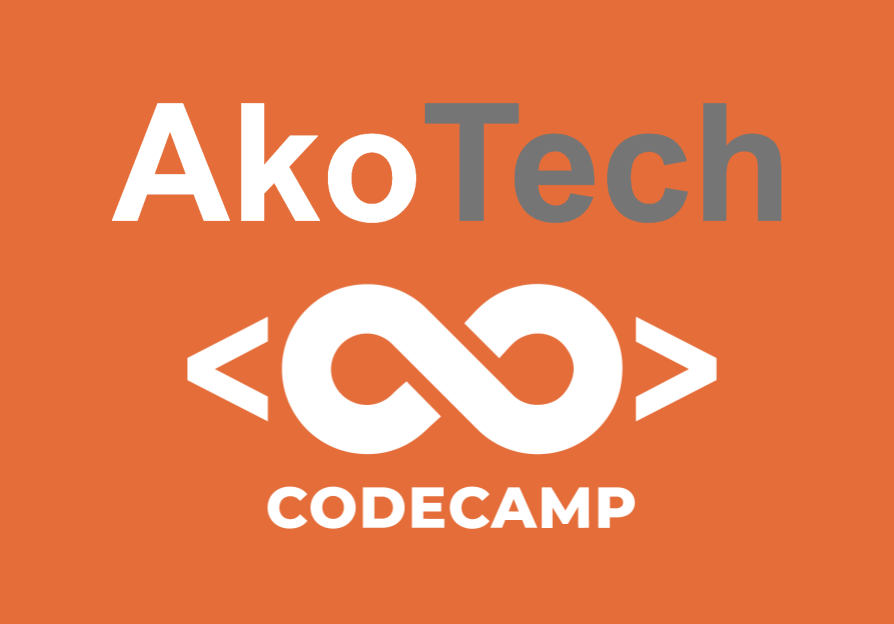1. Ninja

Ages: 7 – 11 Recommended for beginner and advanced block-based coders.
We use a mix of Scratch, Tynker, App Inventor & Other block-based platforms.
We have a junior & advanced Ninja streams.
Ninja Black Hat
Students will complete the following 5 challenges:
- Robot to The Door
- Name Game
- Bee to The Beehive – Unplugged.
- Bee to The Beehive – Digital
- Name Game Challenge
Students will learn the following concepts.
- Commands, Events, Input/Output
- Decomposition – Breaking problems down into small chunks.
- Algorithm ( Step by step instructions )
- Sequence ( Must be in order – Code Organisation )
- Specific Instructions ( must be exact )
- Testing & Failing ( Learning from mistakes )
- Debugging ( Finding & fixing logic flaws & problems )
- Introduction to Degrees & Co-ordinates
- Introduction to presenting.
- Basic Block coding functionality.
NZDigital Technologies Curriculum Alignment.
CTDT: Progress outcome 1 In authentic contexts and taking account of end-users, students use their decomposition skills to break down simple non-computerised tasks into precise, unambiguous, step-by-step instructions (algorithmic thinking). They give these instructions, identify any errors in them as they are followed, and correct them (simple debugging).
CTDT: Progress outcome 2 In authentic contexts and taking account of end-users, students give, follow, and debug simple algorithms in computerised and non-computerised contexts. They use these algorithms to create simple programs involving outputs and sequencing (putting instructions one after the other) in age-appropriate programming environments.
Ninja Grey Hat
Students will learn the basic building blocks of coding. A loop, a variable, a conditional statement. Students will also learn what co-ordinates and simple operators are. Students learn how computers store data. Students will demonstrate their knowledge of these concepts by completing our SkyFall challenge with objects falling from the sky and a character catching the objects.
- Movement & Events- 2 topics
- The Basics Of Coding 2 – 4 topics
- Simple Math Operators
- Variables – 2 topics
- Moving Background with variables
- Lists
- Falling Objects
- Challenge 2: Sky Fall
NZ Digital Technologies Curriculum Alignment.
CTDT: Progress outcome 3 In authentic contexts and taking account of end-users, students decompose problems into step-by-step instructions to create algorithms for computer programs. They use logical thinking to predict the behaviour of the programs, and they understand that there can be more than one algorithm for the same problem. They develop and debug simple programs that use inputs, outputs, sequence, and iteration (repeating part of the algorithm with a loop). They understand that digital devices store data using just two states represented by binary digits (bits).
Ninja White Hat
Students will learn more in-depth programming concepts as well as completed their own project. They will have worked in a team and have demonstrated their project in front of an audience.
- Detecting walls
- Simple Bad Guy
- Challenge 3: Maze Game
- Logical Operators
- Advanced Movement
- Simple Gravity
- Challenge 4: Platformer
- Cloning – 1 topic
- Challenge 5: Dodging Bullet
- Broadcasting
- Cleaner Code Basics
- Random
- Strings
- Group/solo project
- Challenge 6: Snake Game
- Challenge 7: Flappy Bird
